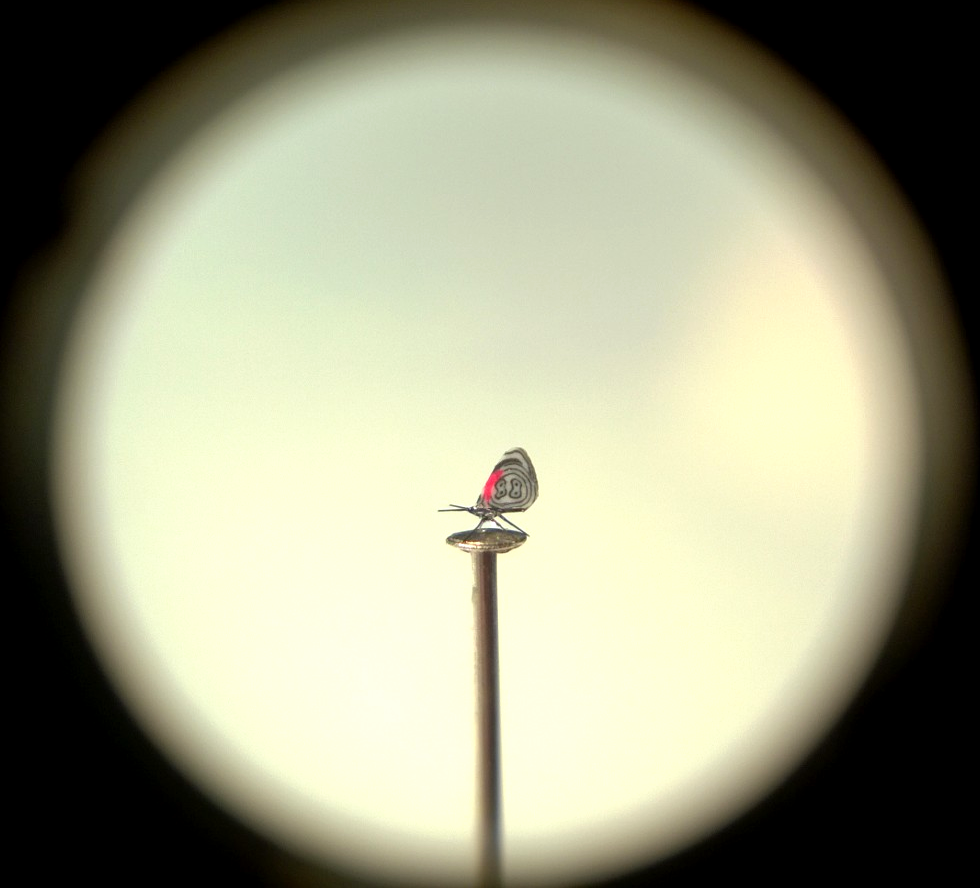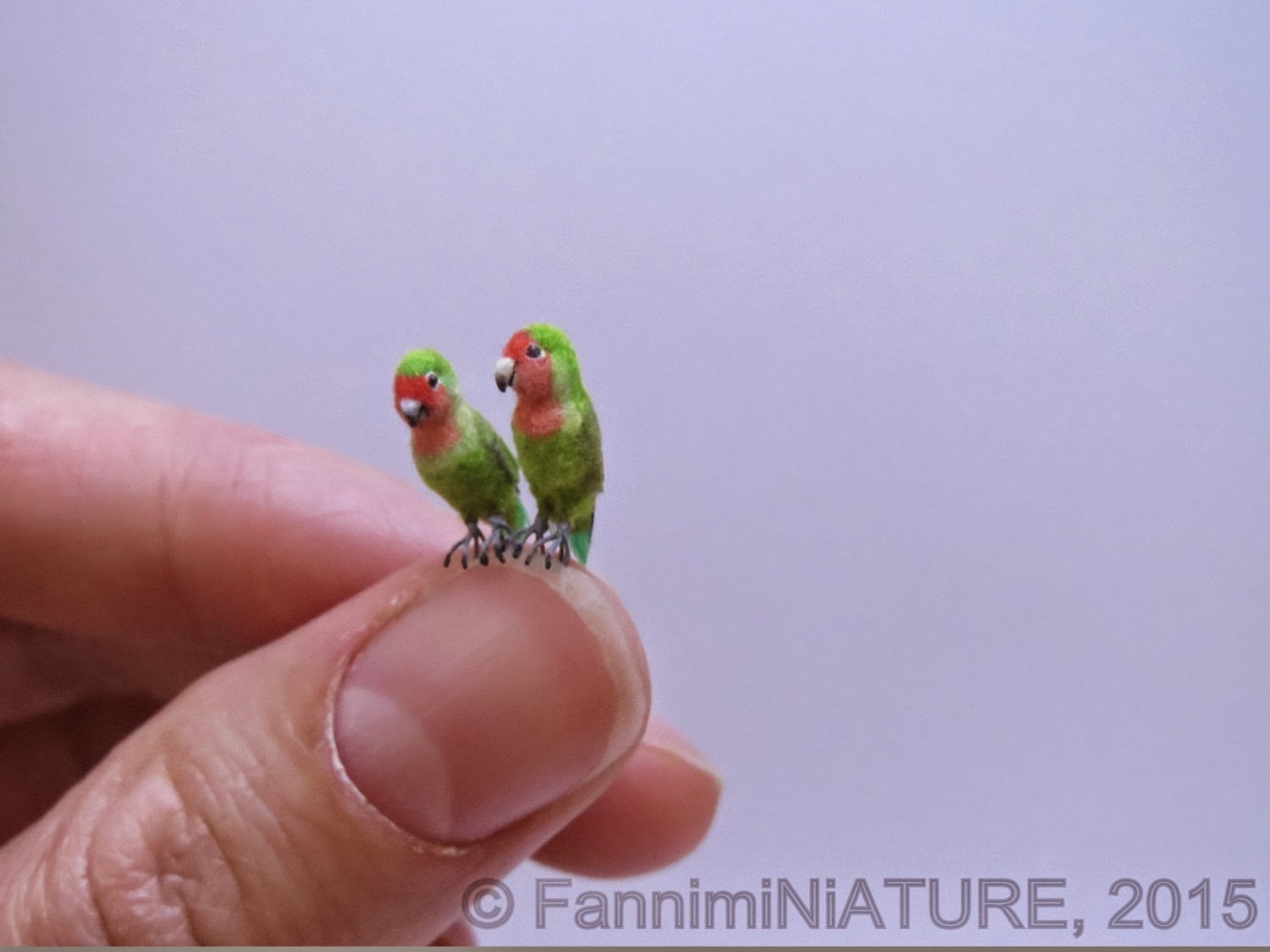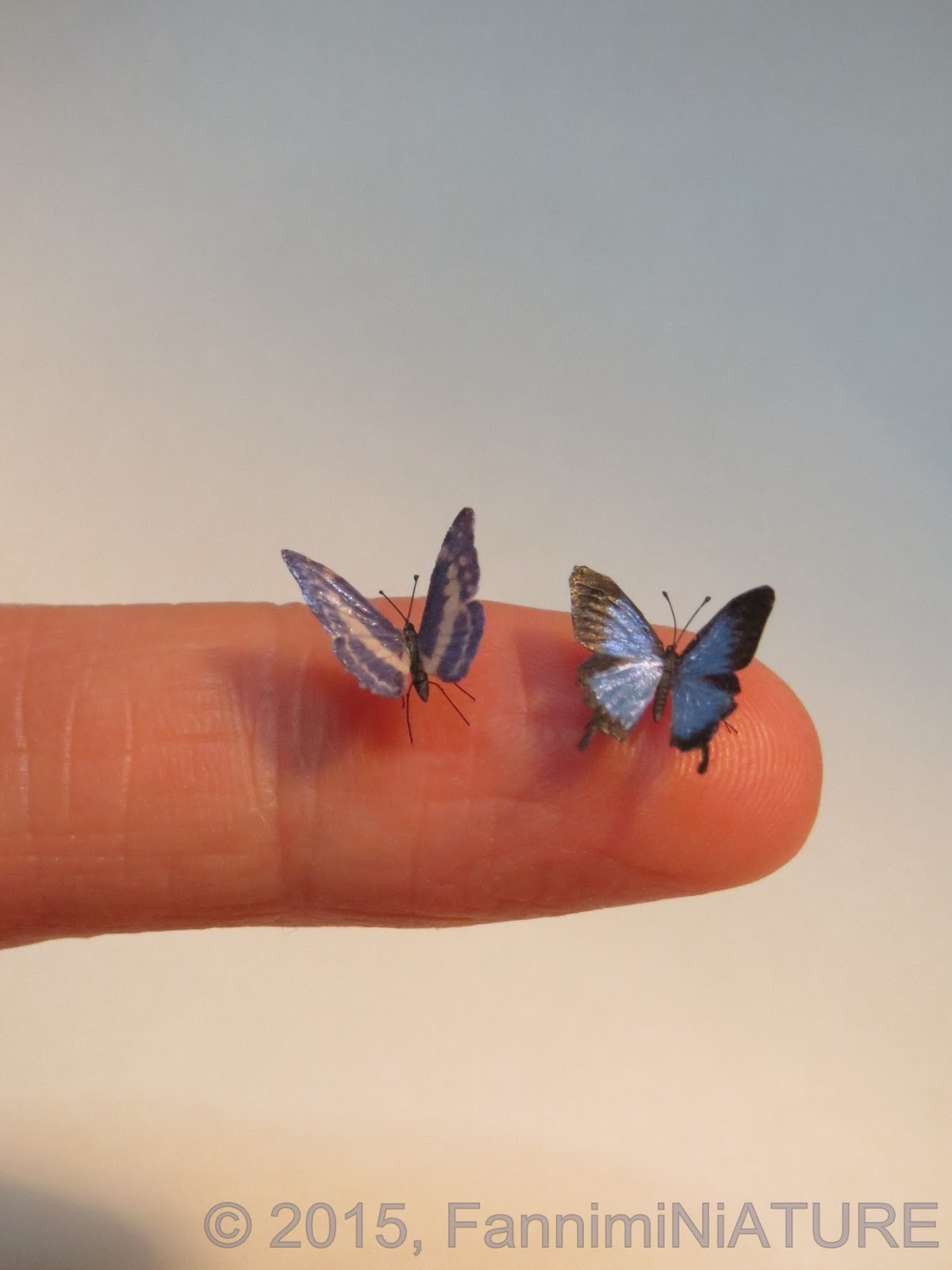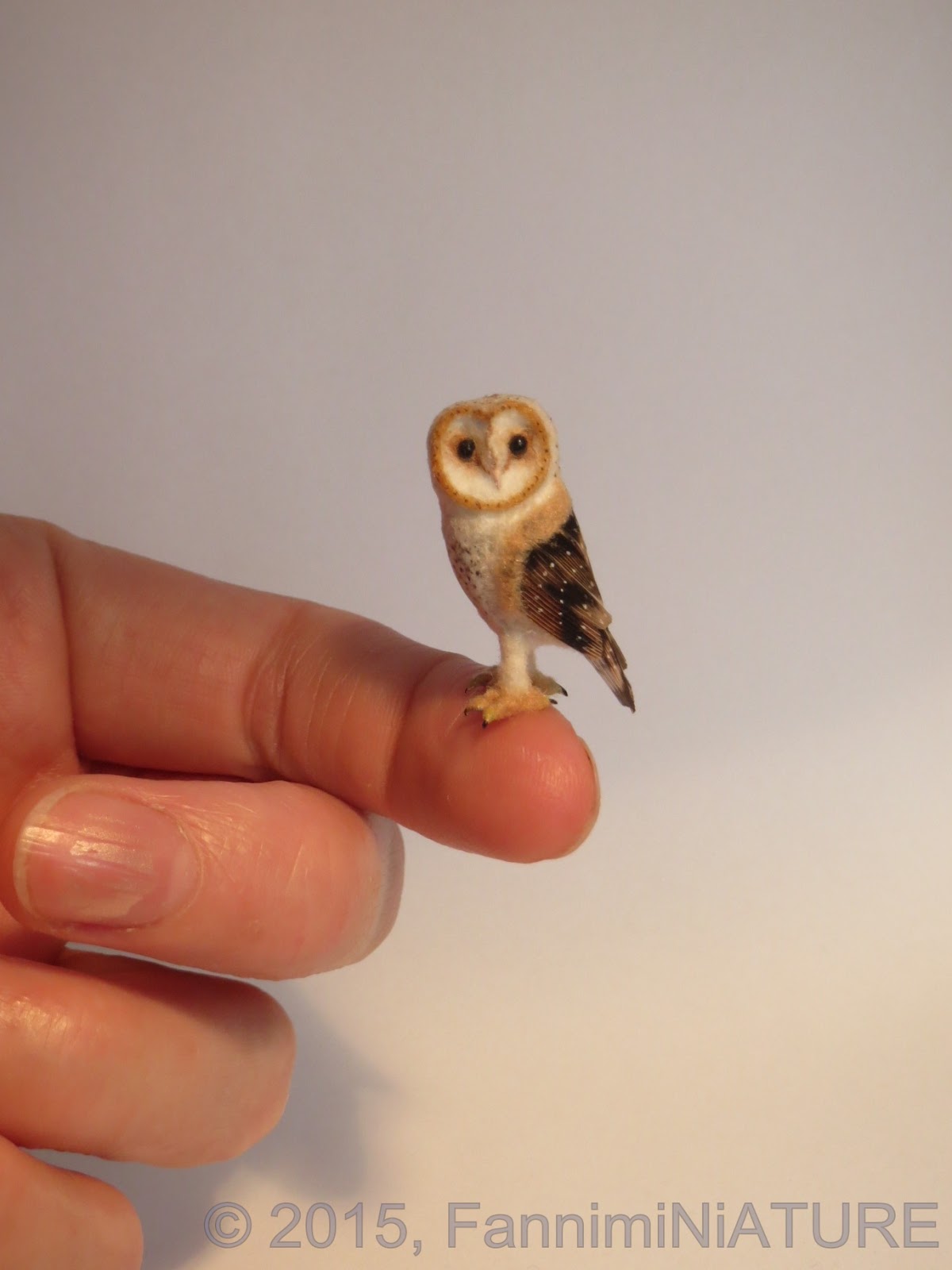Adore Mini by Julia Cissell
How did you first get started in miniatures?
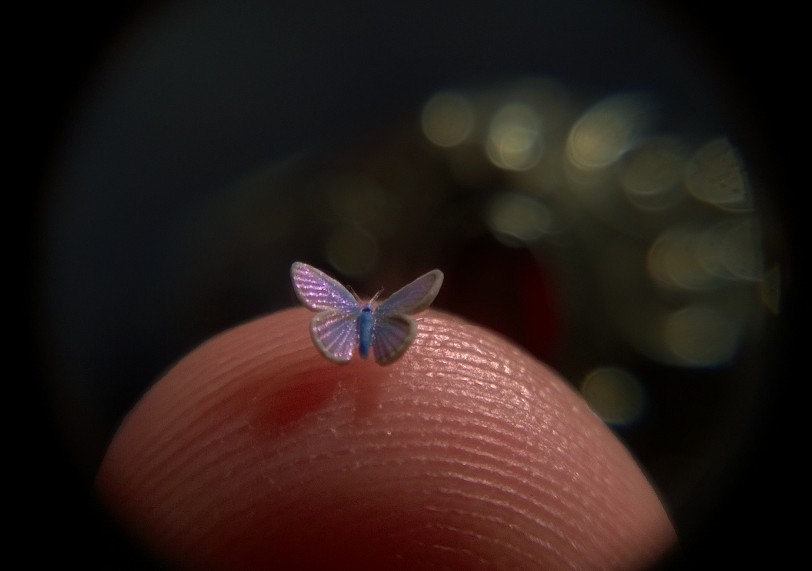 Ever since my first memories, I have felt a sense of magic in tiny things that have an unexpectedly large degree of detail! For me, seeing things that have great intricate detail presented in a small scale, has a special way of magnifying the beauty I see that is hidden in things that are commonly overlooked in that way. As a kid, I think my Barbie dolls were the first things that inspired me to start creating tiny things; I would make shoes, necklaces and intricately detailed hair barrettes for them from thin copper wire. I would make dresses for them from fabric scraps left by my mom’s sewing machine, taking care to make every small stitch in the hems evenly spaced so that it looked just like a real dress to me.
Ever since my first memories, I have felt a sense of magic in tiny things that have an unexpectedly large degree of detail! For me, seeing things that have great intricate detail presented in a small scale, has a special way of magnifying the beauty I see that is hidden in things that are commonly overlooked in that way. As a kid, I think my Barbie dolls were the first things that inspired me to start creating tiny things; I would make shoes, necklaces and intricately detailed hair barrettes for them from thin copper wire. I would make dresses for them from fabric scraps left by my mom’s sewing machine, taking care to make every small stitch in the hems evenly spaced so that it looked just like a real dress to me.
Why butterflies in miniature?
I could go on all day about my life-long fascination with butterflies! They are my favorite insects for so many reasons. Their mysterious communication behaviors and ability to see colors we can’t. How there are tens of thousands of butterfly breeds, yet, like people, they each have such unique characteristics that give them their special identity.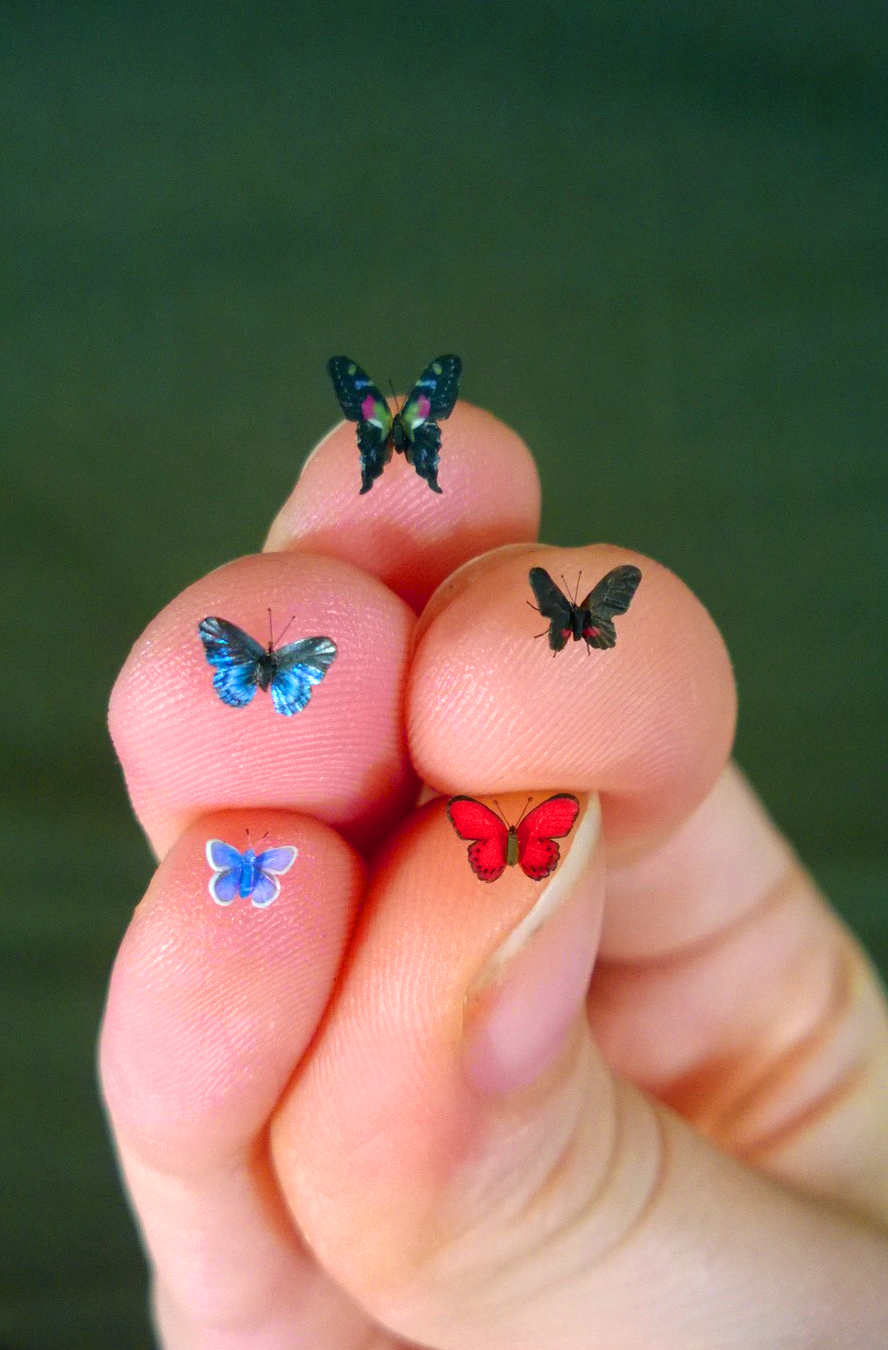
In 2000, when I was brand new to polymer clay, I discovered the special technique of building a “cane” (a log of the clay that is constructed in such a way where a design runs throughout the middle, that can be seen when you cut it crosswise with a razor. After making a cane, it can be stretched out to a very small diameter, baked in the oven to cure, then cut slices from). Well that flipped a switch in me, and I was immediately inspired by both my passions for butterflies and for tiny things. I used this idea to make the wings of butterflies in miniature! Soon after, I discovered the popular scale of miniatures, “dollhouse” scale or 12 times smaller than actual size. I knew that would be the perfect scale to make them in! On average, the wingspans of the butterflies I make in this scale range from 1/16″ (1.5 mm), up to about 1/4″ (6 mm), depending on the breed.
Adore Mini used to be called “Gods’ Flying Flowers.” Where did the name come from?
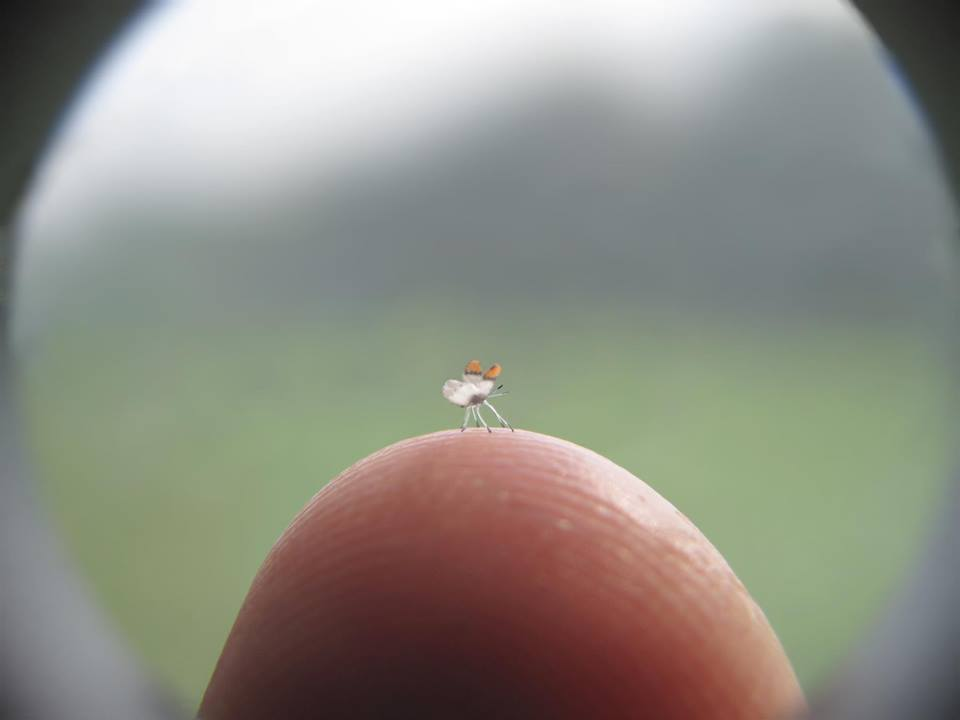 In around 2005, I was selling my miniature butterflies on eBay before I discovered Etsy. A lady ran across a group of 3 miniature Anise Swallowtail butterflies I had listed on eBay, telling me she felt blessed to have found them in a search. She said that all throughout the past month since her son passed away, she had seen the same 3 Anise Swallowtail butterflies each day flying around her kitchen window outside, and referred to them as “God’s flying flowers,” reminding her of her son’s spiritual presence. She then bought them to keep on her kitchen window sill. I was so touched by her story that I wanted to use her reference to the butterflies as the title for my business!
In around 2005, I was selling my miniature butterflies on eBay before I discovered Etsy. A lady ran across a group of 3 miniature Anise Swallowtail butterflies I had listed on eBay, telling me she felt blessed to have found them in a search. She said that all throughout the past month since her son passed away, she had seen the same 3 Anise Swallowtail butterflies each day flying around her kitchen window outside, and referred to them as “God’s flying flowers,” reminding her of her son’s spiritual presence. She then bought them to keep on her kitchen window sill. I was so touched by her story that I wanted to use her reference to the butterflies as the title for my business!
What is the most challenging part of completing a butterfly miniature?
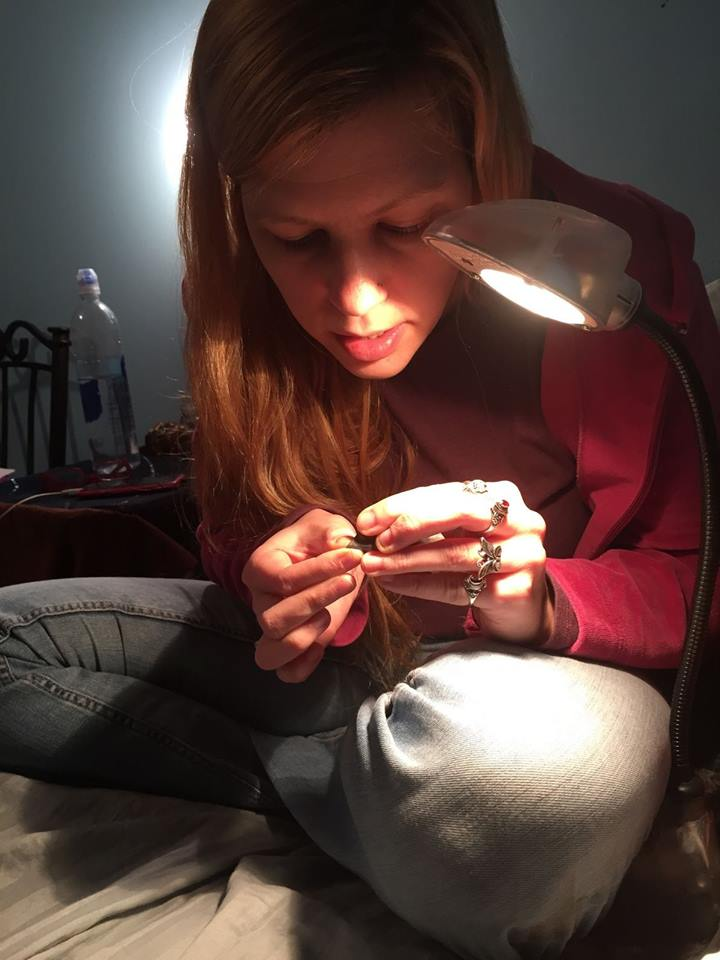 Easy question: the high humidity level in the air! When the humidity is over 75%, working with a tiny speck of super glue at a time is pretty much impractical. In high humidity, the mini butterfly parts aren’t visibly moist, but it becomes apparent that they are when the glue won’t adhere the parts to each other firmly. I only work on dry days.
Easy question: the high humidity level in the air! When the humidity is over 75%, working with a tiny speck of super glue at a time is pretty much impractical. In high humidity, the mini butterfly parts aren’t visibly moist, but it becomes apparent that they are when the glue won’t adhere the parts to each other firmly. I only work on dry days.
Do you have a favorite species of butterfly?
My favorite species of butterfly tends to change a lot… But I think my favorite one that I have made is the Purple Spotted Swallowtail. Something about the combination of the colors in the wings, and the overall wing shape is just so beautiful to me. It is my favorite one to show, out of the 8 breeds I keep in my poison rings I wear.
What inspires you?
I’m inspired by anything that gives me a magical feeling. I love using what I learn from my experiments with relative physics that working on a miniature scale provides for me. I love to put as much passion and creativity into coming up with the custom tools I make, as I put into in making the actual miniatures themselves.
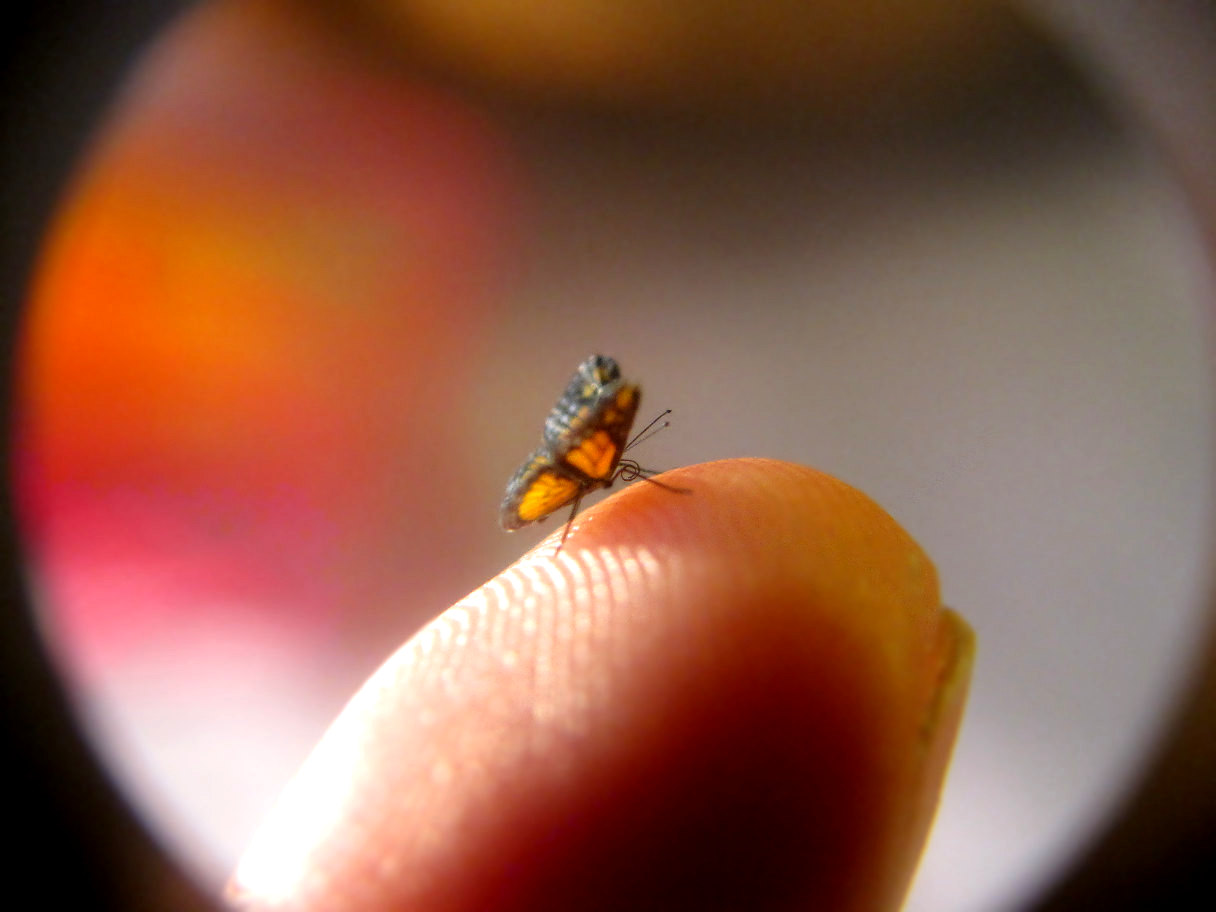 What is the most memorable miniature you have ever seen by another artist?
What is the most memorable miniature you have ever seen by another artist?
I’d have to say that the work of Willard Wigan sums it up! He works under a microscope, and comes up with some of the most fascinating micro sculptures.
Advice for beginner artists and miniaturists?
When first starting out, as well as after you’ve gained experience, don’t lose sight of what you want to get out of it. So be slow about it, and have fun! I am motivated by learning, so I look at failed experiments objectively and let them inspire me to keep going, rather than seeing these as a measure of my ability. Don’t judge yourself, or compare your work to that of others. Join artists groups, and don’t feel shy about asking “dumb” questions — every artist has been in that boat.
Why miniatures?
Making things in miniature is just what feels natural for me. I love intricate detail, and the creative process behind the resourcefulness alone that’s required in coming up with the ways to make it possible. Not to mention it is very profitable. My materials cost practically nothing, when it comes to how such a little bit goes an infinitely long way.
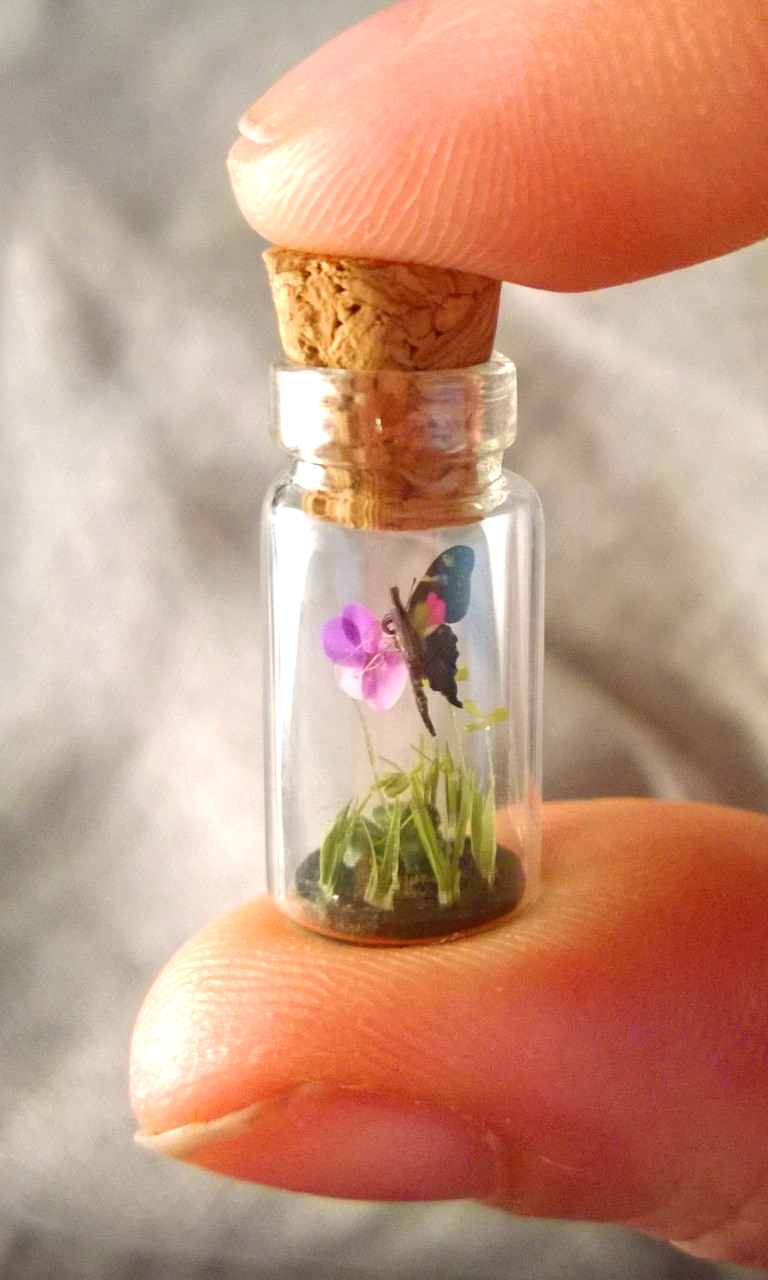 What’s to come from Adore Mini?
What’s to come from Adore Mini?
Ultimately I plan on expanding my variety of Adore Mini miniature butterflies to more than 100. But in the near future, I plan on adding a section of customizable miniature terrarium cork-top bottles with different kinds of miniature flowers, that the miniature butterflies can be mounted on inside, which can be used in a necklace or as earrings. Also, I just made 10 new polymer clay butterfly wing canes for new breeds I will be adding to my variety in the near future.
What do you want miniature fans to know about you?
People commonly ask me things like:
- “What kind of magnifying device do you use for making these?”
- “What do you do with them?”
- “How do you have the patience to make something that tiny and detailed?”
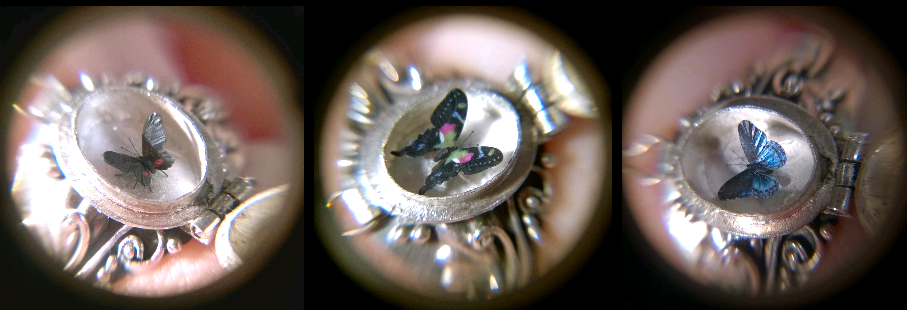 I can’t have anything in front of my eyes when I work, not even my glasses or contacts. I’m very nearsighted, and I only need very bright light in a low-humidity environment to work in.
I can’t have anything in front of my eyes when I work, not even my glasses or contacts. I’m very nearsighted, and I only need very bright light in a low-humidity environment to work in.
My favorite thing to do with them is keep them in my poison rings I wear on my fingers! They’re like magical hidden compartments to keep them with me in at all times. Also they can be displayed in a 1″ acrylic magnifier box I have in my shop. It’s great for keeping in any display cabinet or shadow box. For dollhouse scale miniature collectors, my miniature butterflies are the perfect accents for any outdoor miniature scene.
For me, when it comes to true passion for what I am doing, the term “patience” just doesn’t apply. I don’t see my experiences on a scale of successes and failures, but it’s simply the element of cause and effect that keeps me intrigued with it.
Julia Cissell is the creator of Adore Mini (formerly named God’s Flying Flowers). She’s currently based in Bartlett, Tennessee. Shop her miniature butterfly collection on Etsy or follow along on Instagram!
